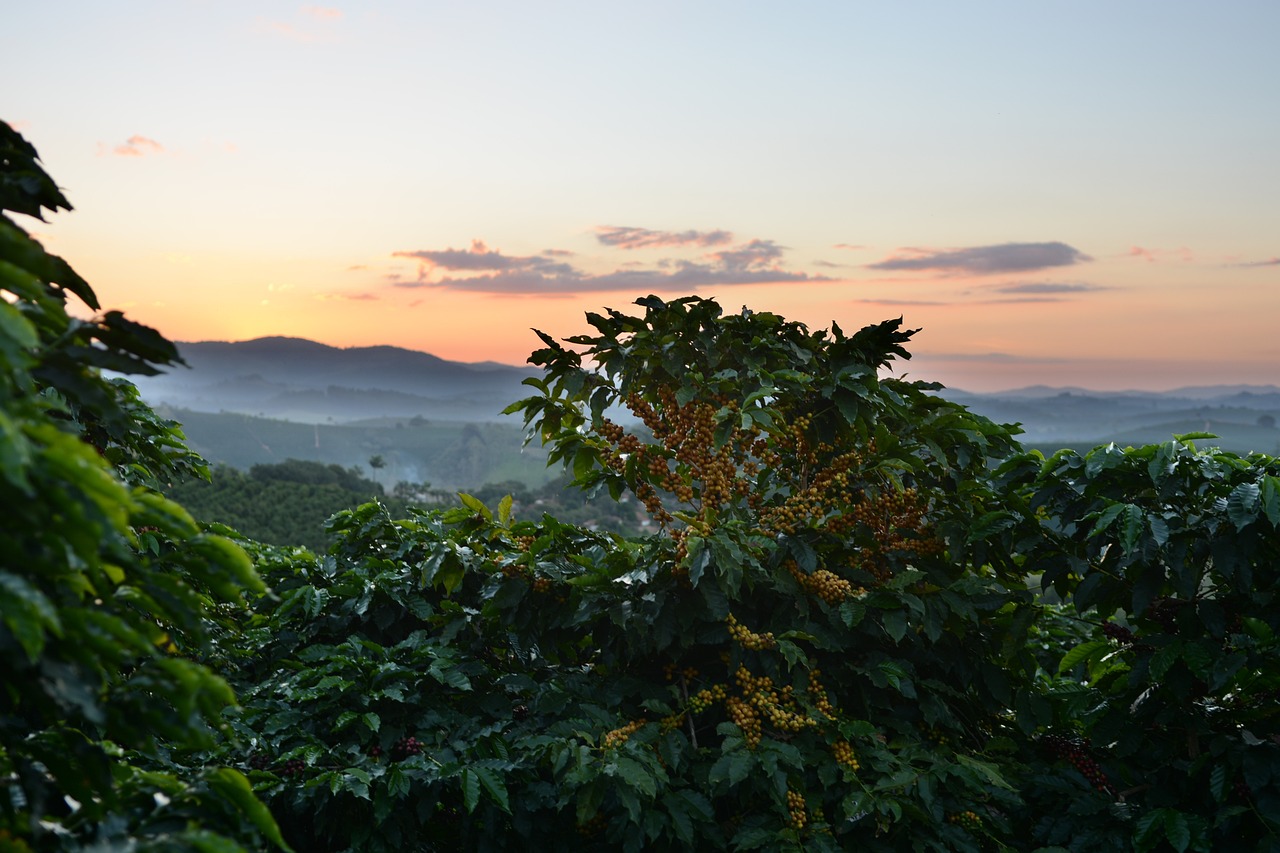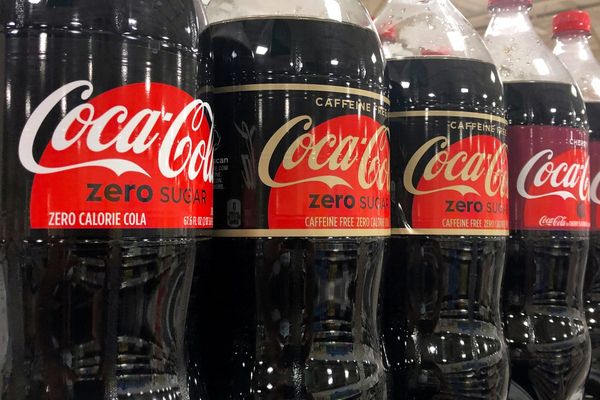
September arabica coffee (KCU25) on Tuesday closed up +7.35 (+2.64%), and September ICE robusta coffee (RMU25) closed up +42 (+1.19%).
Coffee prices recovered from early losses Tuesday and settled sharply higher after forecasts for limited rainfall over the next week in Brazil's coffee-growing regions sparked some short covering in coffee futures.
Below-normal rainfall in Brazil is supportive for coffee prices. Somar Meteorologia reported Monday that Brazil's largest arabica coffee-growing area, Minas Gerais, received no rain during the week ended July 5.
Coffee prices initially moved lower Tuesday, with Sep arabica coffee posting a contract low, as the advancing coffee harvest in Brazil weighs on prices. On Monday, the July (N25) nearest-futures contract fell to a 7.5-month low. Brazil's Cooxupe coffee co-op announced Tuesday that its members reported the coffee harvest was 40% complete as of July 4, compared with 52% completed at the same time last year. Cooxupe is Brazil's largest coffee cooperative and Brazil's largest exporter of coffee.
Also, Safras & Mercado recently reported that Brazil's 2025/26 coffee harvest was 35% complete as of June 11, slightly behind last year's comparable level of 37% but in line with the 5-year average of 35%. The breakdown showed that 49% of the robusta harvest and 26% of the arabica harvest were complete as of June 11.
Robusta coffee is also under pressure on signs of bigger coffee supplies from Vietnam after Vietnam's National Statistics Office reported on Monday that Vietnam's 2025 Vietnam's Jan-Jun coffee exports are up +4.1% y/y to 943,000 MT.
Coffee prices have retreated over the past two months as the outlook for abundant coffee supplies undercut prices. On June 25, the USDA's Foreign Agricultural Service (FAS) forecasted that Brazil's 2025/26 coffee production will increase by 0.5% year-over-year (y/y) to 65 million bags and that Vietnam's 2025/26 coffee output will rise by 6.9% y/y to a 4-year high of 31 million bags. Brazil is the world's largest producer of arabica coffee, and Vietnam is the world's largest producer of robusta coffee.
Robusta coffee prices have found support as ICE-monitored robusta coffee inventories declined to a 7-week low of 5,108 lots on June 26, although they have since rebounded to 5,215 lots as of Tuesday. However, a bearish factor for arabica prices is that ICE-monitored arabica coffee inventories rose to a 5-month high of 892,468 bags on May 27 and were moderately below that high at 832,430 bags as of Tuesday.
Smaller coffee exports from Brazil are bullish for prices. On June 25, Cecafe reported that Brazil's May green coffee exports fell by -36% y/y to 2.8 million bags.
Due to drought, Vietnam's coffee production in the 2023/24 crop year decreased by -20% y/y to 1.472 MMT, the smallest crop in four years. Also, Vietnam's General Statistics Office reported that 2024 Vietnam coffee exports fell by -17.1% y/y to 1.35 MMT. Additionally, the Vietnam Coffee and Cocoa Association reduced its 2024/25 Vietnam coffee production estimate to 26.5 million bags on March 12, down from a December estimate of 28 million bags.
The USDA's biannual report, released on June 25, was bearish for coffee prices. The USDA's Foreign Agriculture Service (FAS) projected that world coffee production in 2025/26 will increase by +2.5% y/y to a record 178.68 million bags, with a -1.7% decrease in arabica production to 97.022 million bags and a +7.9% increase in robusta production to 81.658 million bags. The USDA's FAS forecasts that 2025/26 ending stocks will climb by +4.9% to 22.819 million bags from 21.752 million bags in 2024/25.
For the 2025/26 marketing year, Volcafe projects a global 2025/26 arabica coffee deficit of -8.5 million bags, wider than the -5.5 million bag deficit for 2024/25 and the fifth consecutive year of deficits.
On the date of publication, Rich Asplund did not have (either directly or indirectly) positions in any of the securities mentioned in this article. All information and data in this article is solely for informational purposes. For more information please view the Barchart Disclosure Policy here.






